Discover the Enchanting Wonders of Antarctica: The White Continent (2024 Updated)
Summary:
Delve into the captivating world of Antarctica, where ice and snow create a breathtaking landscape. Encounter adorable penguins, mighty whales, and fascinating subglacial mysteries. Uncover the tales of brave explorers and the vital scientific research carried out on the frozen continent. Discover how we can contribute to preserving this remarkable ecosystem and combat climate change.
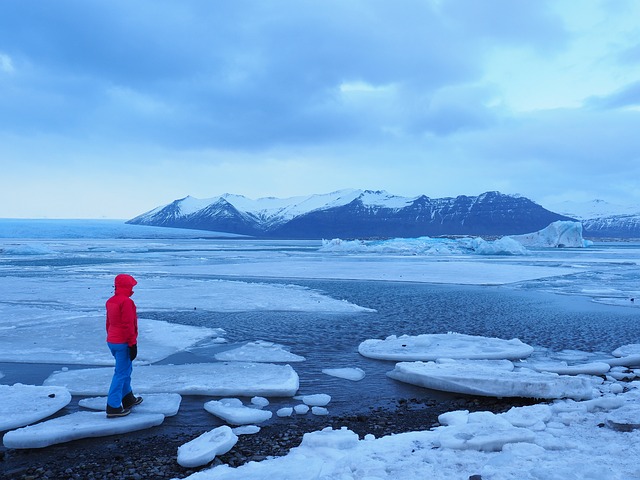
Discover the Enchanting Wonders of Antarctica: The White Continent
Do you know about the “snow desert” of planet Earth? Get ready to learn about “the White Continent,” Antarctica.
Antarctica is the land of ice and snow. Antarctica is a vast land covered in ice and snow all year round. It’s the coldest place on Earth!
Despite being a frozen desert, Antarctica is home to amazing wildlife and diverse ecosystems.
Antarctica has an icy landscape. Antarctica is known for its towering icebergs, massive glaciers, and breathtaking ice shelves that stretch as far as the eye can see.
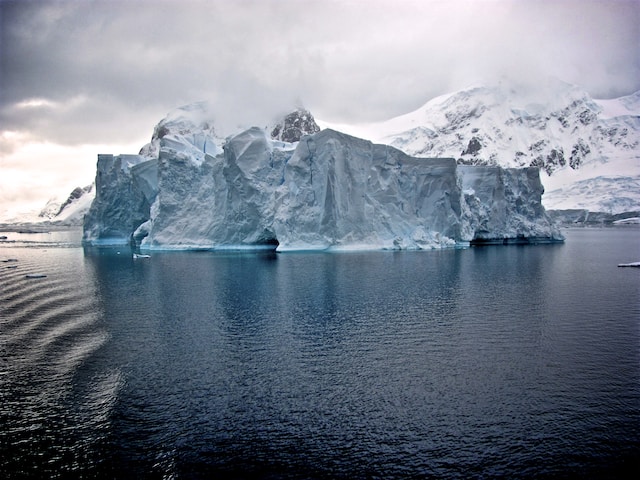
Here are some super cool fun facts about the continent of Antarctica.
Facts about the Animal Kingdom of Antarctica
1. Penguin Paradise:
Antarctica is famous for its adorable penguins!
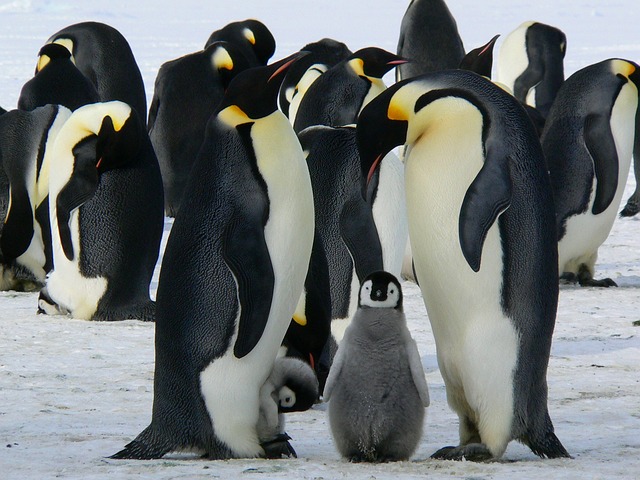
You can find different types, like Emperor Penguins, Adélie Penguins, and Gentoo Penguins, waddling and sliding on the ice.
Fun fact: Penguins have a special talent for waddling. They walk with a funny, side-to-side motion because it helps them balance on slippery ice.
2. Mighty Whales:
Whales visit Antarctica during summer to feast on their favourite food, krill (A type of Fish).
You can see majestic creatures like the Humpback Whale or the massive Blue Whale!
3. Seals and Sea Lions:
Antarctica is also home to furry creatures like seals and sea lions. They spend most of their time being swim buddies and getting some sun on ice floes (A large pack of floating ice).
4. Colourful Snow Birds:
Snow petrels, a type of bird, have a magical secret—they can fly while sleeping!
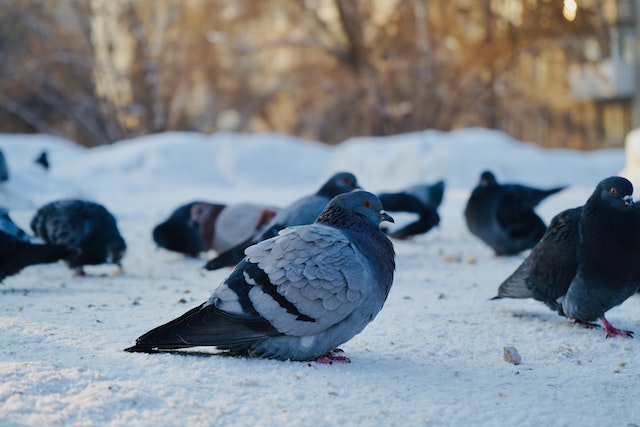
They tuck their wings in and glide through the air, conserving energy during long journeys.
This means they are nocturnal birds that can rest half of their brain while sleeping and still fly.
Extreme Facts about Antarctica
1. Coldest Place on Earth:
The lowest temperature ever recorded in Antarctica was a bone-chilling -128.6°F (-89.2°C) – that’s colder than your freezer!
Check out our article on Fun Temperature Facts for Kids.
2. Windy Wonders:
Antarctica experiences strong winds called katabatic winds.
These gusts can blow at incredible speeds, reaching up to 200 miles per hour!
3. Ice, Ice, Baby:
90% of the world’s ice and 70% of its fresh water are found in Antarctica.
Global sea levels would rise by roughly 200 feet if all the ice disappeared!
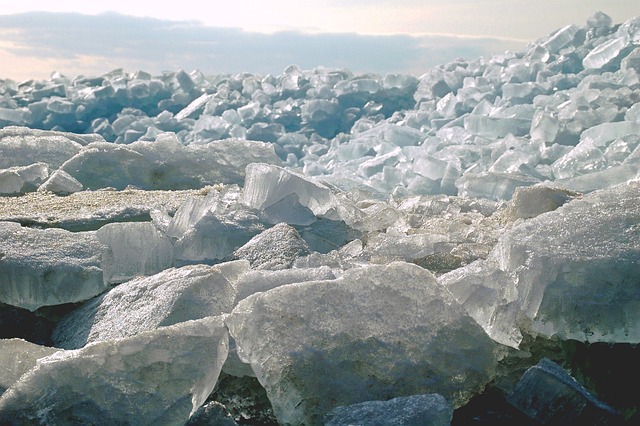
4. Hidden Lakes:
Beneath the thick ice, there are hidden lakes in Antarctica.
These lakes have been isolated from the outside world for millions of years, and scientists are eager to explore their mysteries.
5. Subglacial Mountains:
Can you believe there are mountains beneath the ice? These hidden peaks, known as subglacial mountains, await discovery.
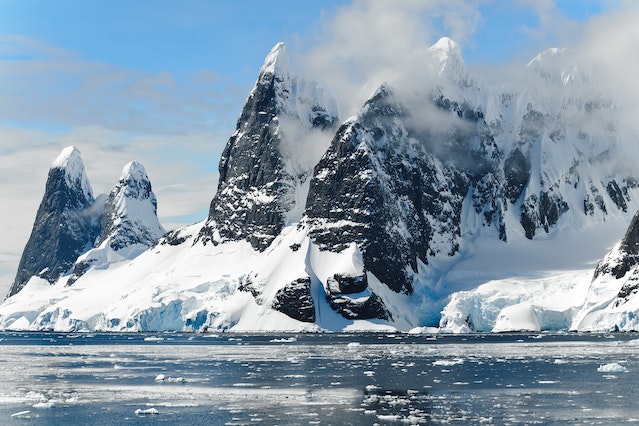
Who knows what secrets they hold?
Creepy fact: Deep within the Taylor Glacier in East Antarctica, there is a subglacial lake with water that turns blood red due to rusted iron when it meets oxygen, earning the name “Blood Falls.”
6. Plants:
Antarctica has no trees or shrubs, but there are two flowering plants: Antarctic hair grass and Antarctic pearlwort.
However, many other types of organisms like fungi, algae, mosses, liverworts, lichens, and even insects call Antarctica their home.
It’s like a secret micro-forest full of amazing diversity!
Facts about Explorers and Research in Antarctica
Here is a pretty cool job! An explorer in Antarctica. Such scientists are very important to us.
Here is why!
1. Historic Expeditions:
Brave explorers like Roald Amundsen and Ernest Shackleton ventured into the icy unknown to discover Antarctica.
In a remarkable pact known as the Antarctic Treaty, some really smart people agreed to a fun and important rule: no military stuff allowed.
But instead, they all get to focus on doing amazing scientific research in the freezing lands of Antarctica!
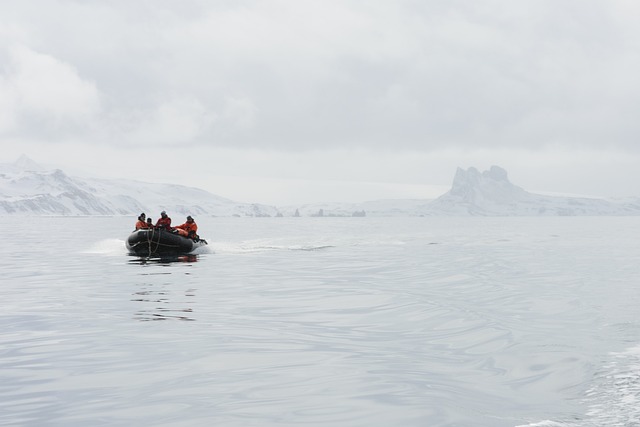
2. Cool Science:
Scientists study Antarctica to understand climate change, marine life, and the Earth’s history.
They drill ice cores to learn about the past and monitor the health of our planet.
3. Unique Research Stations:
Several countries have research stations in Antarctica where scientists live and work.
They study everything from penguins’ behaviour to the effects of UV (Ultraviolet) radiation on the ozone layer.
Facts about Protecting Antarctica
1. Treaty for Peace:
Many countries have come together to protect Antarctica. They signed the Antarctic Treaty, which bans military activities and promotes scientific research.
2. Marine Sanctuaries:
Efforts are underway to create marine protected areas around Antarctica to safeguard its fragile ecosystems and the animals that call it home.
3. Climate Action:
Taking care of our planet is essential to protect Antarctica. Simple actions like conserving energy and reducing waste can make a big difference!
FAQs:
What is the coldest temperature ever recorded in Antarctica?
Antarctica’s coldest temperature ever recorded was a bone-chilling -128.6°F (-89.2°C).
Are there hidden lakes in Antarctica?
Yes, beneath the thick ice, Antarctica hides mysterious and isolated lakes that have been cut off from the outside world for millions of years.
What kind of wildlife can be found in Antarctica?
Antarctica is home to various species, including penguins (Emperor, Adélie, Gentoo), whales (Humpback, Blue), seals, sea lions, and unique birds like snow petrels.
Conclusion:
Antarctica, the snow desert of our planet, holds immense beauty and surprises within its icy expanse. From adorable penguins to majestic whales, this frozen land offers a glimpse into the wonders of nature.
With ongoing scientific research and collective efforts to protect this pristine environment, we can ensure that Antarctica remains an awe-inspiring and resilient sanctuary for future generations.
Let’s cherish and safeguard this extraordinary White Continent!
